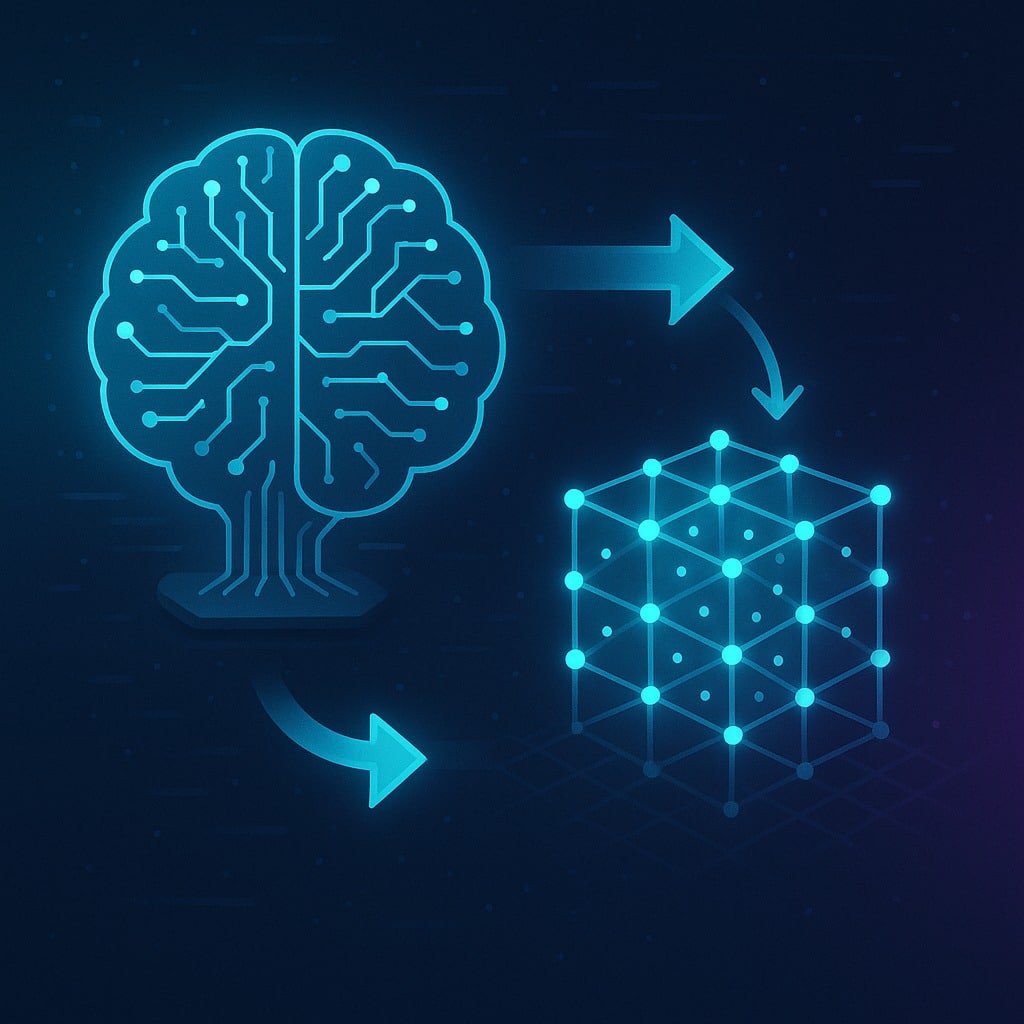Using a vector database for LLM is essential for improving how large language models store, retrieve, and utilize knowledge. As LLMs power more real-time and contextual AI applications, vector databases play a foundational role in enabling effective memory and search.

What Is a Vector Database?
A vector database is a specialized data store designed to handle high-dimensional vectors. These vectors represent complex data such as text, images, and embeddings generated by LLMs. Unlike traditional databases, vector databases allow similarity searches using mathematical distance metrics.
Popular vector databases include:
- Pinecone
- Weaviate
- FAISS (Facebook AI Similarity Search)
- Milvus
Why LLMs Need Vector Databases
1. Efficient Retrieval-Augmented Generation (RAG)
One major use of a vector database for LLM is Retrieval-Augmented Generation. In RAG:
- A user query is converted into a vector
- The vector is matched against stored embeddings in the database
- Relevant context is retrieved and used to improve the LLM’s response
2. Improved Memory and Context Handling
LLMs have limited context windows. By storing knowledge in a vector database, they can:
- Access long-term memory
- Answer with updated, domain-specific knowledge
3. Scalable and Real-Time Search
Vector databases allow real-time semantic search across millions of data points. This is ideal for applications such as:
- AI customer support
- Personalized recommendations
- Document search
Key Features of Vector Databases
- High-dimensional indexing
- Similarity search using cosine or Euclidean distance
- Scalability and distributed architecture
- API support for integration with LLM frameworks
Real-World Use Cases
- Chatbots: Retrieve domain-specific answers using a vector database for LLM
- Enterprise search: Contextual search across internal documents
- Healthcare AI: Accurate response generation based on patient data vectors
Internal and External Resources
Learn more about embeddings in our post: [How Embeddings Work in NLP]
Trusted resources:
Conclusion
Integrating a vector database for LLM is critical for building intelligent, context-aware AI systems. It bridges the gap between static model knowledge and dynamic, real-world information. Whether you’re developing a chatbot or an enterprise search tool, vector databases unlock new potential for LLMs.
CTA: Ready to enhance your LLM application? Explore vector database tools and start building smarter today!
FAQ: Vector Database for LLM
What is a vector database in AI?
A vector database stores data as embeddings and enables similarity search, helping AI systems retrieve relevant information.
How does a vector database help LLMs?
It enables LLMs to access relevant context and memory beyond their built-in parameters, improving response quality.
Which vector database is best for LLMs?
Popular options include Pinecone, FAISS, and Weaviate, each with unique features for scalability and integration.


Leave a Reply